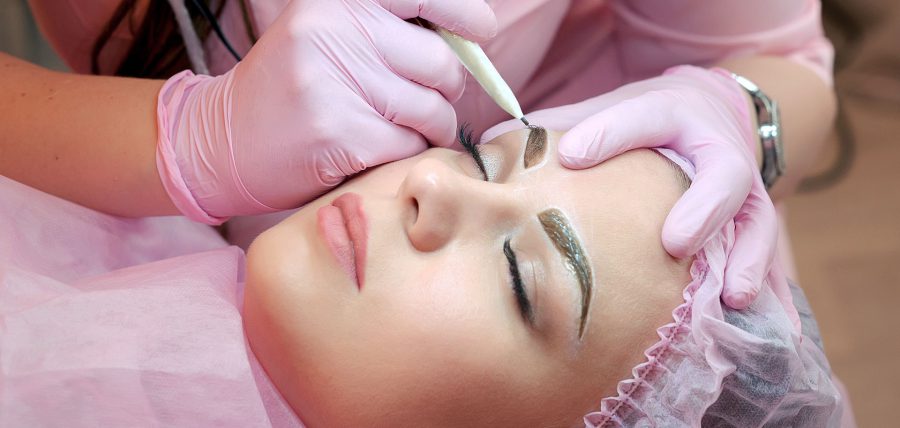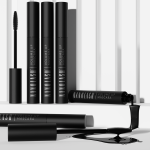Semi-permanent make-up isn’t the invention of our times. Apparently, women in China had tattoos on their eyes and brows over 2000 years ago. Is semi-permanent make-up a tattoo? What should you know before getting it done? See top questions about permanent make-up.
Is this make-up or a tattoo?
If make-up is done incorrectly – the pigment is inserted too deep – it becomes a tattoo.
Currently, semi-permanent make-up lasts for a year and then it requires modifications.
Why does semi-permanent make-up require touch-ups?
Touch-ups are essential. Over time our facial features change so make-up should definitely respect that. Also, the pigment is inserted only in the epidermis so it’s partially removed because the skin cells repair during the 28-day cycle.
Does semi-permanent make-up fade?
It surely does. For example, it looks very bold and highly-pigmented right after the procedure but you need a touch-up after just two weeks because the epidermis keeps exfoliating. A second dose of pigment is essential to create the desired intensity and color.
Will my semi-permanent make-up vanish if I don’t get the touch-up after two weeks?
This may happen, particularly on the brows. The pigment is likely to come off fast in this face area.
Over time, your make-up may fade or change color: black eyeliner may turn charcoal. That is why you definitely need a touch-up after two weeks and a refreshing procedure after a year.
Do semi-permanent make-up pigments cause allergic reactions?
This is very unlikely so you shouldn’t be worried. All pigments are attested and have to go through thorough tests and comply with strict standards. That is why they are pricey and you also pay a lot for your semi-permanent make-up.
The allergic reaction to anesthesia used during the procedure is more common.
How long does the procedure take?
Of course it takes more time than applying regular make-up. For example: semi-permanent eyeliner lasts for around an hour while the brows take even two hours and a half.
How to choose the best salon for your semi-permanent make-up?
It’s best to ask your friends about their experiences, see the portfolio of different permanent make-up artists, find out what pigments salons use. Be careful because budget pigments often change color on the skin. Some technicians can perform the procedure but they don’t know how to match the best make-up for your facial features and camouflage the flaws.
Are there any contraindications?
Sure. Quite a lot. The key ones include:
- psoriasis
- steroid therapy
- infections
- pregnancy
- some medications (mostly antibiotics).









Leave a Reply